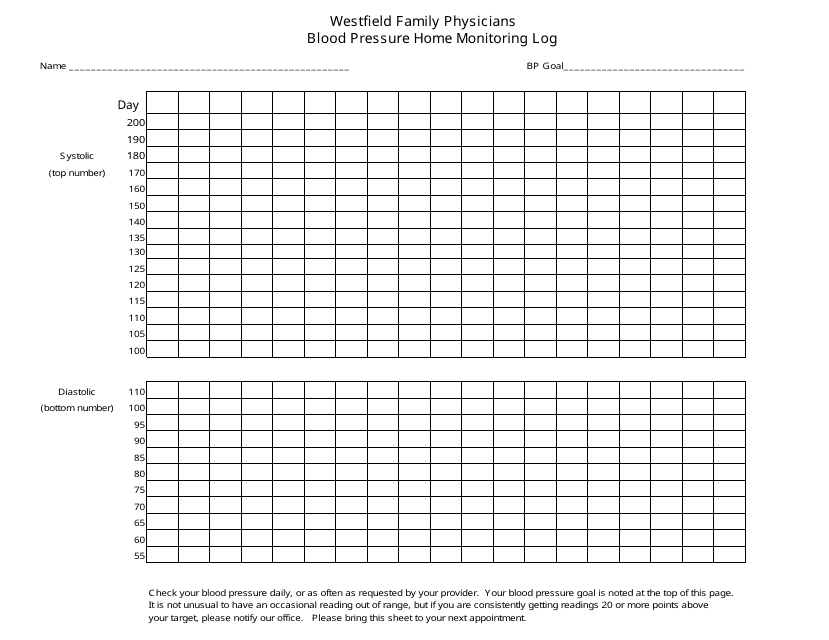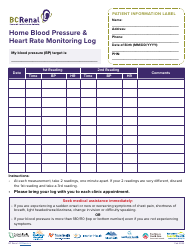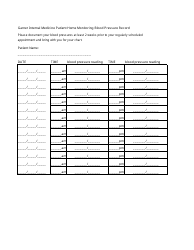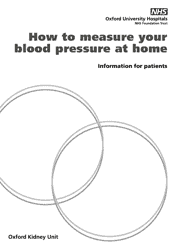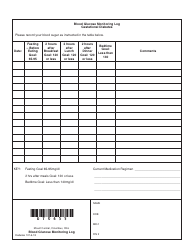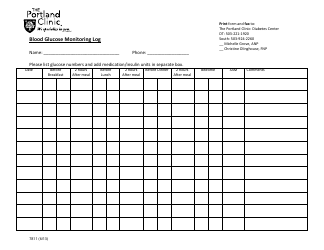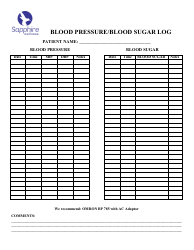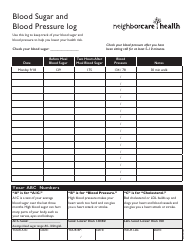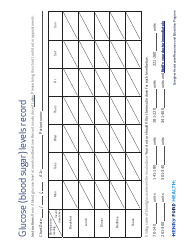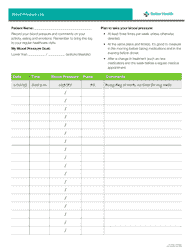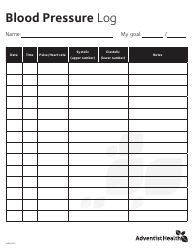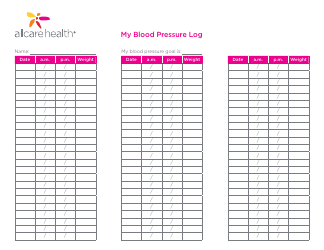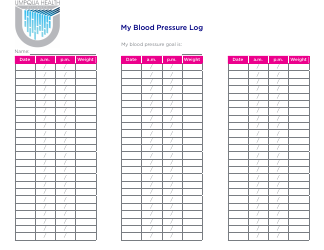Blood Pressure Home Monitoring Log
A Blood Pressure Home Monitoring Log is used to track and record your blood pressure readings at home. It helps you keep a record of your blood pressure measurements over time, providing valuable information for monitoring your health and helping your healthcare provider make informed decisions about your treatment. By regularly monitoring your blood pressure at home and keeping a log, you can detect any abnormal changes, identify potential fluctuations, and better manage your overall cardiovascular health.
The individual who is monitoring their blood pressure at home typically files the blood pressure home monitoring log. It is a personal record to keep track of blood pressure readings over time for self-monitoring and sharing with healthcare professionals.
FAQ
Q: Why should I monitor my blood pressure at home?
A: Monitoring your blood pressure at home can provide important information about your blood pressure levels between doctor visits. It can help detect potential health issues early and allow for better management of your blood pressure.
Q: How do I measure my blood pressure at home?
A: To measure your blood pressure at home, you will need a blood pressure monitor or cuff. Wrap the cuff around your upper arm, follow the instructions provided with the device, and press the start button to begin the measurement. Make sure to sit quietly and relax before taking the measurement.
Q: What is considered a normal blood pressure reading?
A: A normal blood pressure reading is typically around 120/80 mmHg. The first number (systolic pressure) represents the pressure when the heart beats, and the second number (diastolic pressure) represents the pressure when the heart is at rest.
Q: What is considered high blood pressure?
A: High blood pressure, also known as hypertension, is often defined as having a blood pressure reading consistently higher than 130/80 mmHg. However, it's important to consult with a healthcare professional to determine what is considered high for your specific situation.
Q: How often should I measure my blood pressure at home?
A: The frequency of blood pressure measurements at home can vary depending on your healthcare provider's recommendations. It's generally recommended to measure your blood pressure at least once a day, at the same time each day, and record the readings in a log.
Q: What should I do if my blood pressure readings are consistently high?
A: If your blood pressure readings are consistently high, it is important to consult with a healthcare professional. They can provide guidance on lifestyle changes, medications, or other interventions that may be necessary to help manage your blood pressure.
Q: What are some lifestyle changes that can help lower high blood pressure?
A: Some lifestyle changes that can help lower high blood pressure include maintaining a healthy weight, exercising regularly, following a balanced diet low in sodium and high in fruits and vegetables, limiting alcohol consumption, and reducing stress levels.
Q: Can I rely solely on home blood pressure monitoring without seeing a doctor?
A: Home blood pressure monitoring can provide valuable information, but it is important to consult with a healthcare professional for a comprehensive evaluation and guidance on managing your blood pressure. Regular doctor visits are still important for monitoring your overall health.
Q: Is it necessary to keep a log of my blood pressure readings?
A: Keeping a log of your blood pressure readings can be helpful for monitoring changes and trends over time. It can also provide valuable information to share with your healthcare provider during appointments, which can assist in making informed decisions regarding your blood pressure management.
